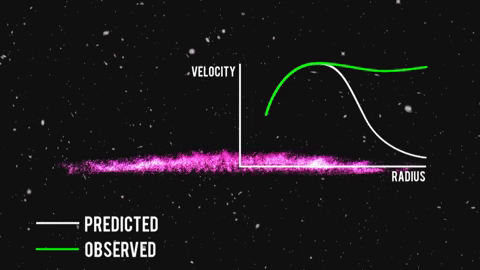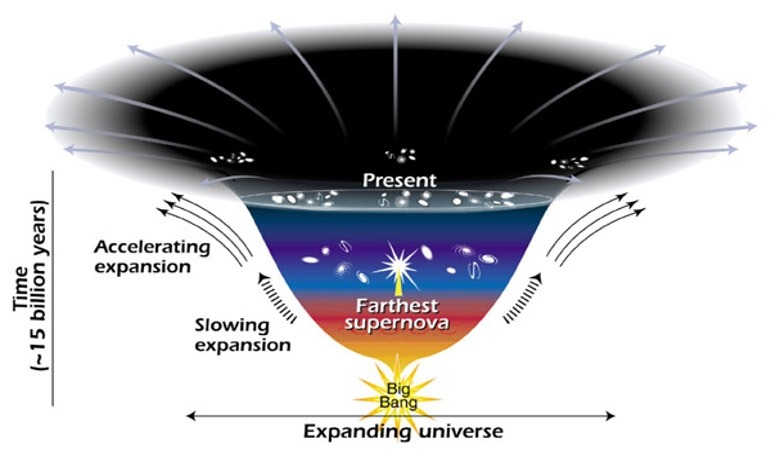A quick overview of one of the universes’ greatest mysteries.
News flash: you, everything around you, and everything that you can see or touch – all observable ‘matter’ – makes up only 5% of the universe.
Yup, that’s right, 5%. The other 95%? That’s made up of dark matter and dark energy. What’s that you ask? Well, the unfathomable truth is that nobody really knows. Whilst 5% of the universe interacts with light and with the particles that make up us (meaning that we can touch and see them) 95% is made of invisible matter and forces that we cannot see, touch, smell, or interact with – it’s made of darkness.


Obviously, this enormous gap in frontier knowledge doesn’t sit well with scientists, and so they’ve spent a heck of a lot of time trying to figure out how to classify this darkness. Given that these phenomena are responsible for the makeup of the universe, we thought it would be pertinent to run you through what they’ve found so far. We still don’t know for sure what dark matter or energy is, but we can guess…
Dark Matter
After Albert Einstein discovered his theory of gravity, one thing became certain about the universe. It didn’t make any sense.
After he figured out how to calculate the gravity of any object, he was able to approximately calculate how much gravity there should be in the universe in order to make it look the way it did. Surprisingly, by his reckoning, there was nowhere near enough ‘stuff’ in existence to hold galaxies and complex structures together. If we were just working with the gravity emitted by objects we can see, stars would only exert an unequal and vague pull on one another, likely drifting apart from each other and becoming scattered about the universe.
As it is, there is enough gravity in the universe to group stars and planets together in various formations. Hence, something we can’t see is providing extra gravity. Scientists have called this unknown substance ‘dark matter’.


As well as being able to mathematically calculate the existence of dark matter, we can also see it… kind of. Whilst it doesn’t interact directly with light itself, places with a high concentration of dark matter bend light passing nearby as they have an intense gravitational field.
In other words, despite knowing nothing about dark matter, we can be sure it exists.


Multiple theories exist for what dark matter might be, but the more concrete observations revolve around what we know it’s not. We know that dark matter is not just clouds of normal matter made up of light reflecting particles called baryons. We know this because we would be able to detect baryonic clouds by their absorption of radiation passing through them.
We also know that dark matter is not antimatter, because we don’t see the unique gamma rays that are produced when antimatter reacts with normal matter. Lastly, we know dark matter is not made up of black holes (compact objects that violently affect their surroundings through gravity) because we’d see much more gravitational lensing (weird bending of light around the event horizon of a black hole) if this was so.
Essentially, the three things we know for sure about dark matter are:
- It exists
- It interacts with gravity
- It’s extremely abundant





















